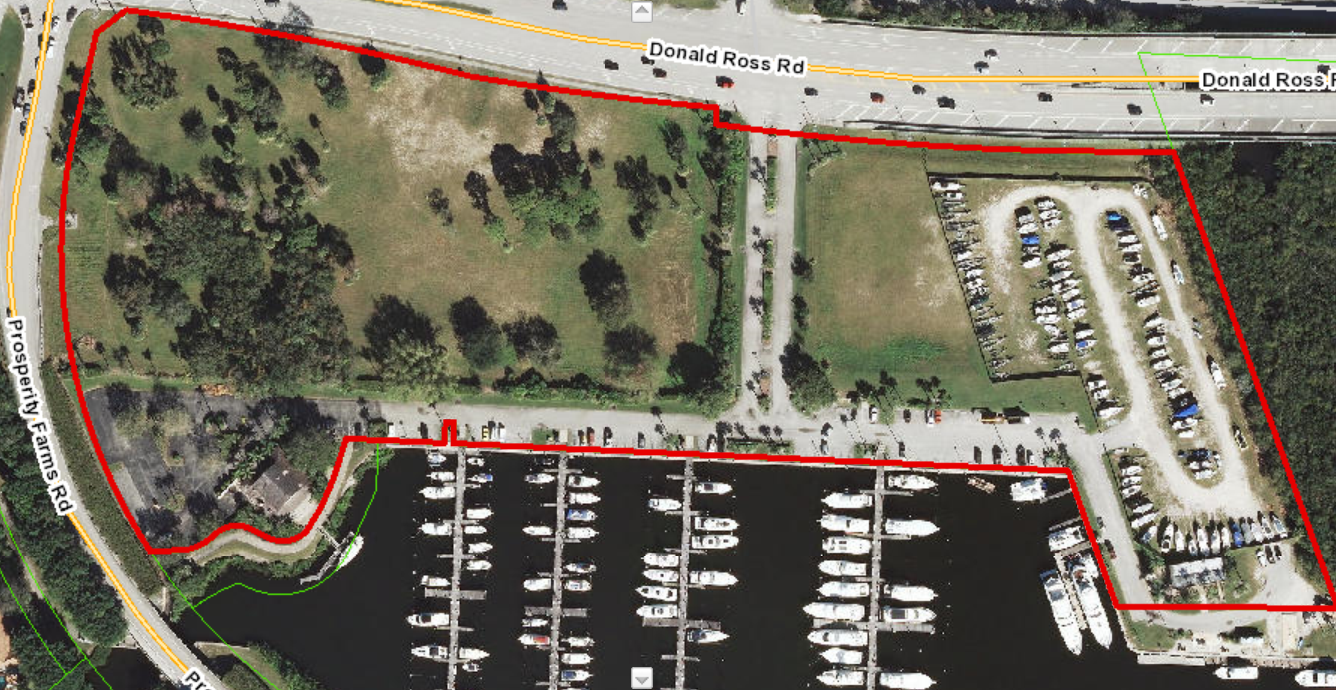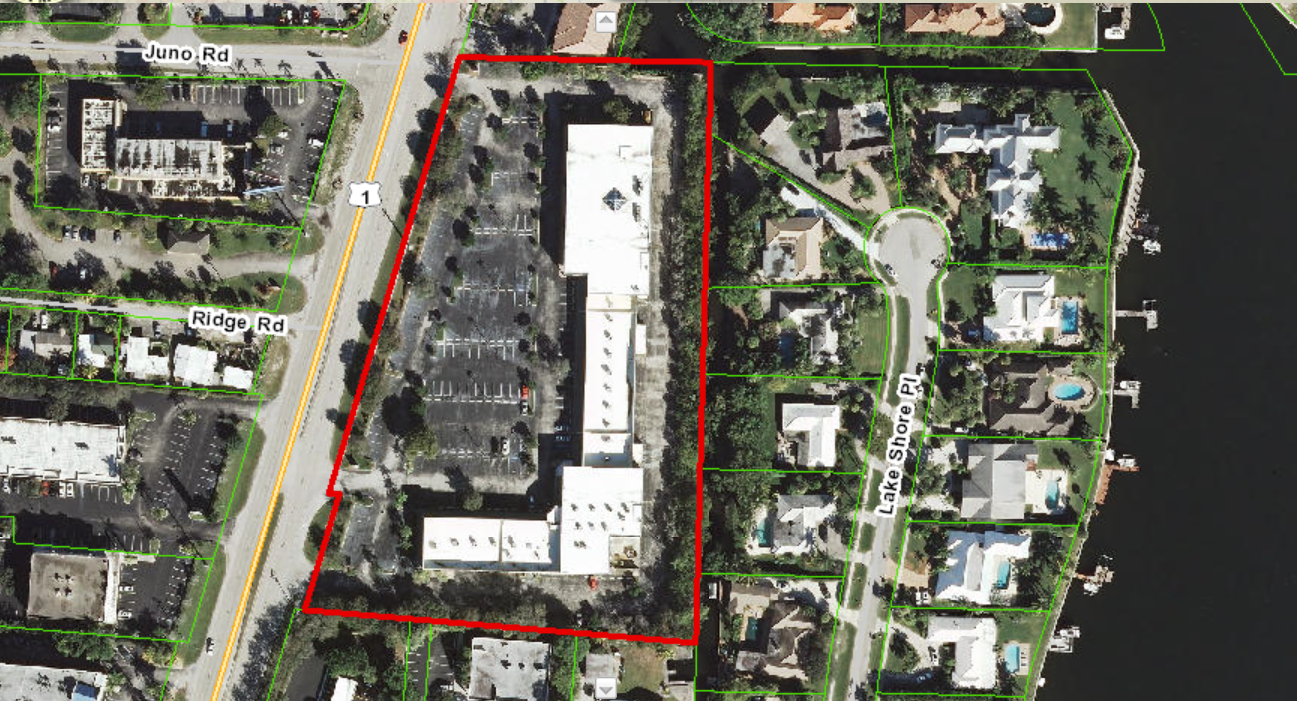The site at the corner of Donald Ross & Prosperity Farms Road (2700 Donald Ross Rd) is finally being developed as Azure. The site is owned by FW Yacht Club, who paid 10M for the 14.5 acre site adjacent to Loggerhead Marina. The site is being developed for 113 units from 900k per unit and up.
Please call or email us for floor plans and pricing information.




